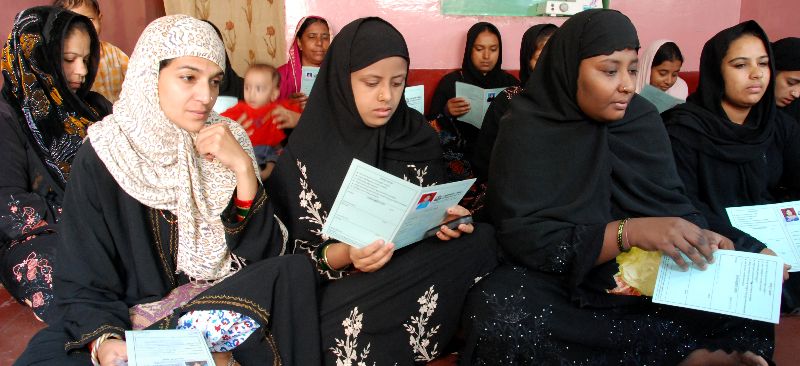In this video, Rizza Maniego-Eala, President of G-Xchange Inc, Globe Telecom, Philippines, shares that Globe Telecom uses mobile network to lower the cost, increase access of the mass market for financial services. She explains the GCASH service which was launched via M-Banking in 2004 and how it has successfully captured the market. She also talks about the challenges ahead for M-Banking.
